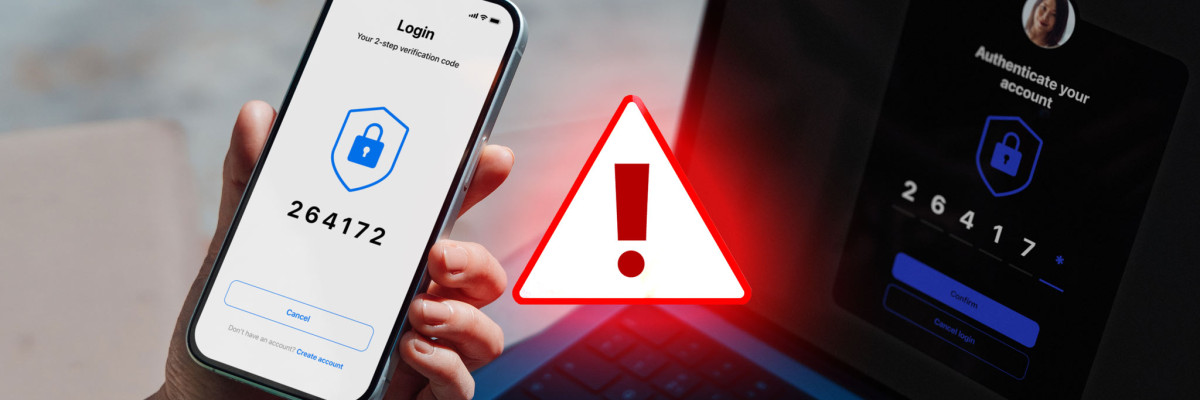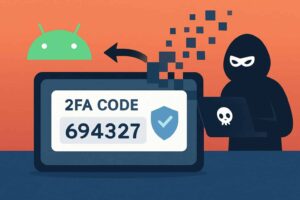
Pixnapping: When Your Screen Spies on You
When Pixels Become Predators
You didn’t click a malicious link. You didn’t download a shady app. You didn’t even give away your password. And yet your crypto wallet seed phrase, your 2FA code, your private messages… gone.
Not stolen through phishing. Not hacked through brute force. Stolen by your own screen.
This is the chilling reality of Pixnapping, a new class of cyberattack that doesn’t need your permission. It doesn’t need your mistakes. It just needs your pixels.
It’s not just a vulnerability. It’s a wake-up call.
 What Is Pixnapping?
What Is Pixnapping?
Pixnapping is a newly discovered side-channel attack targeting Android devices.
It allows malicious apps to reconstruct sensitive on-screen information pixel by pixel without needing any special permissions.
The term “Pixnapping,” short for pixel kidnapping, isn’t just clever wordplay. It perfectly captures how attackers hijack your screen’s visual data quietly, invisibly, and in real time.
Unlike traditional malware, Pixnapping doesn’t exploit your actions.
It exploits the hardware and graphical architecture of your device, turning your screen into a silent informant.
How Does Pixnapping Work?
The attack hinges on a GPU vulnerability called GPU.zip, a compression algorithm built into Android’s graphical system.
Here’s how the attack unfolds:
- A malicious app is installed and disguised as a harmless utility.
- It silently runs in the background, launching invisible, semi-transparent overlays on your screen.
- These overlays capture pixel data from sensitive apps like Google Authenticator, Gmail, Signal, Venmo, and crypto wallets.
- Using timing analysis and pixel reconstruction, the app gradually rebuilds what’s on your screen using one pixel at a time.
No permissions. No alerts. No antivirus warnings.
It’s a digital parasite that watches your screen from the shadows, siphoning your secrets without ever touching your files.
What Devices Are Affected?
Pixnapping has been successfully demonstrated on:
- Google Pixel 6–9
- Samsung Galaxy S25
- Android versions 13–16
And according to researchers from Carnegie Mellon, UC Berkeley, and others:
“The core mechanisms enabling the attack are typically available in all Android devices.”
Meaning millions of phones from flagship to budget models may already be at risk.
Why Is Pixnapping So Dangerous?
Because it breaks the fundamental rules of mobile security:
- No permission prompts: Users remain completely unaware.
- No malware signatures: Antivirus tools can’t detect it.
- No sandbox protection: Even secure apps like Google Authenticator are exposed.
What can it steal?
- 2FA codes
- Crypto seed phrases
- Email content
- Private messages
- Google Maps timelines
All without a trace, and without a single alert.
This isn’t just a technical flaw. It’s a breach of trust between users and the devices they depend on daily.
What’s Being Done? 
Pixnapping was responsibly disclosed to Google and Samsung by researchers from Carnegie Mellon, UC Berkeley, UC San Diego, and the University of Washington.
Security teams are investigating, and patches are reportedly in progress.
However, no universal fix currently exists.
The vulnerability runs deep within Android’s graphical architecture making it difficult to patch without affecting performance or compatibility.
How Can You Protect Yourself?
Until official fixes roll out, you can take these precautions:
- Avoid installing unknown apps especially those requesting overlay permissions.
- Use hardware-based 2FA (like YubiKey) instead of on-screen codes.
- Keep your device updated and watch for upcoming security patches.
- Use app isolation tools or virtual environments for sensitive tasks.
- Disable overlays for non-essential apps.
Because today, security isn’t just about what you click. It’s about what you see.
The Bigger Picture: Pixels Are the New Attack Surface
Pixnapping isn’t just another exploit. It’s a paradigm shift. It shows that visual data, once considered passive, can now be weaponized.
It challenges everything we assume about mobile security and warns us that even our screens can betray us.
As cyberattacks evolve, so must our defenses and the first line of defense is awareness.